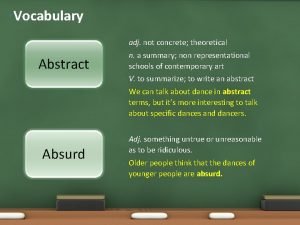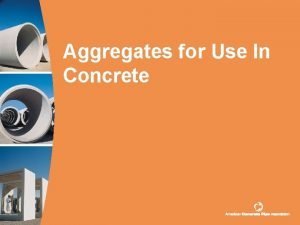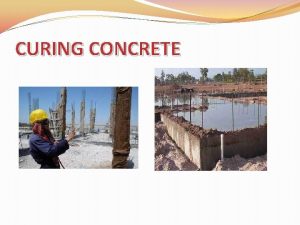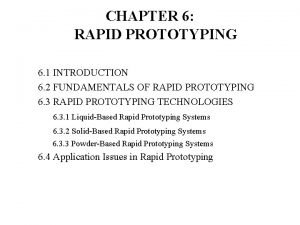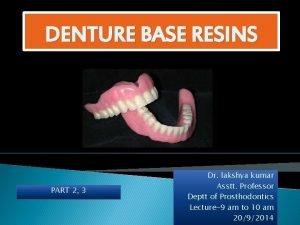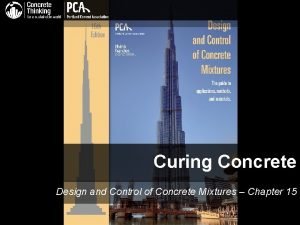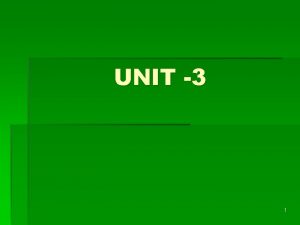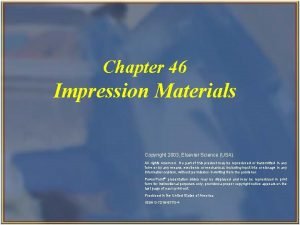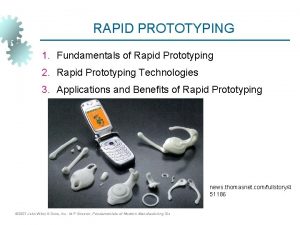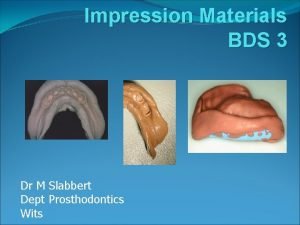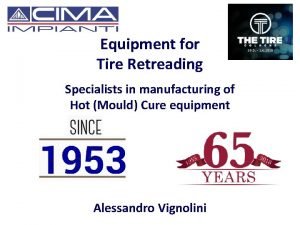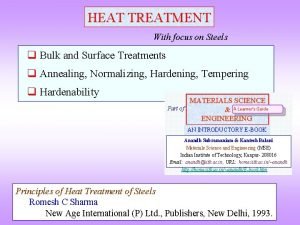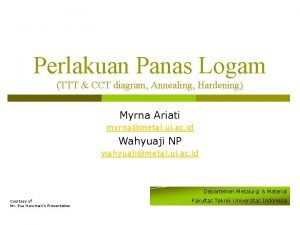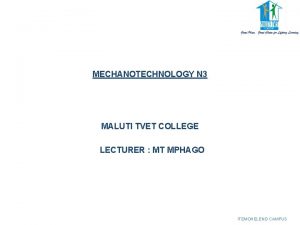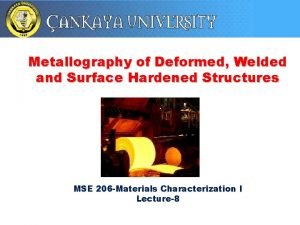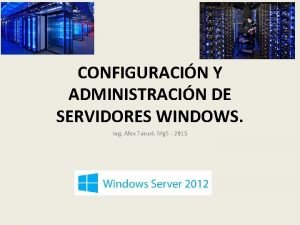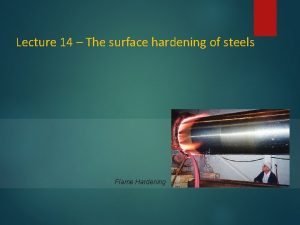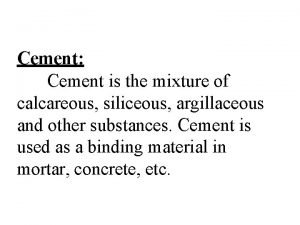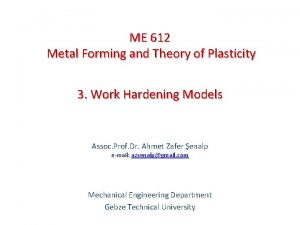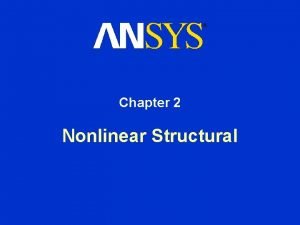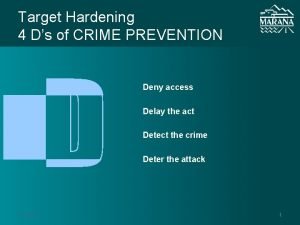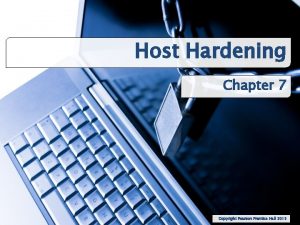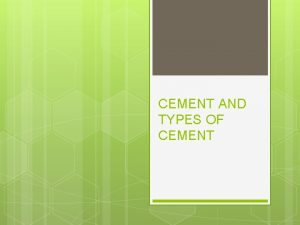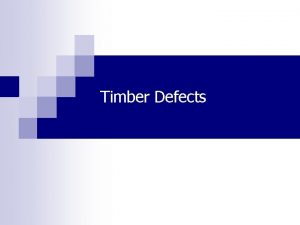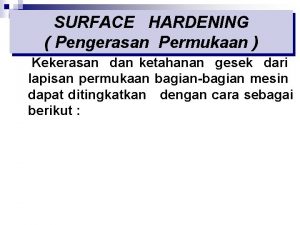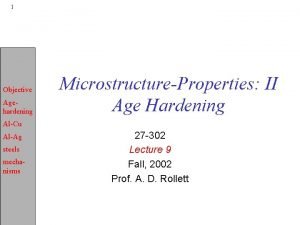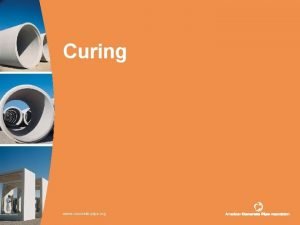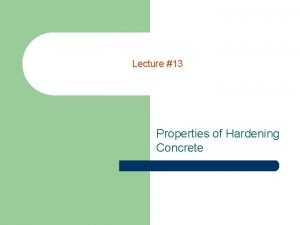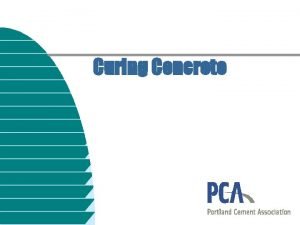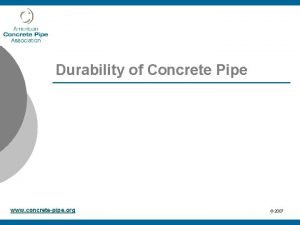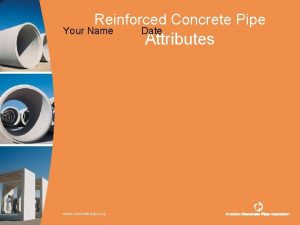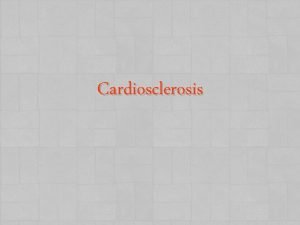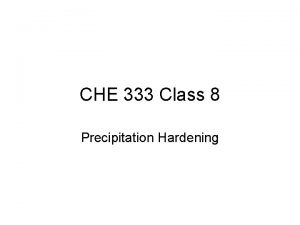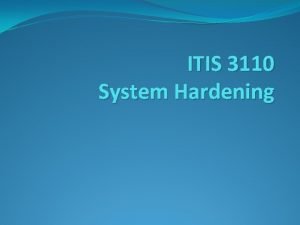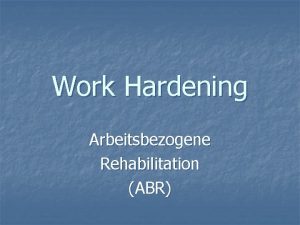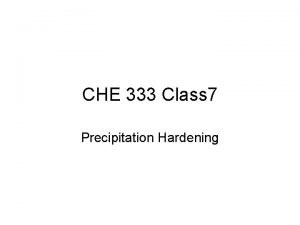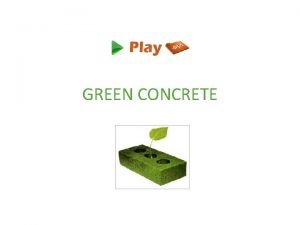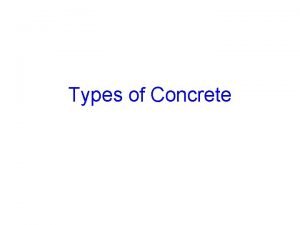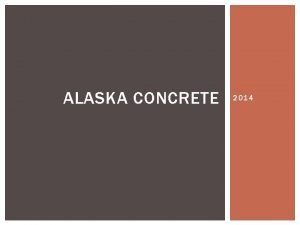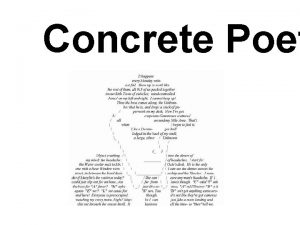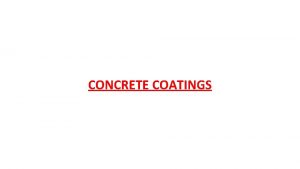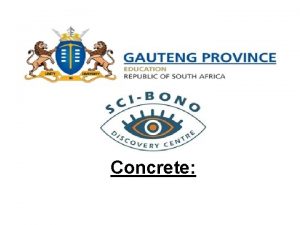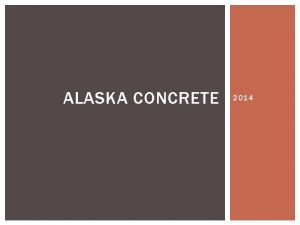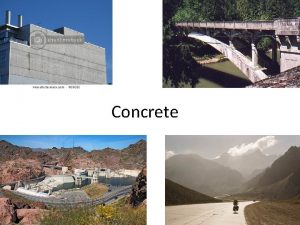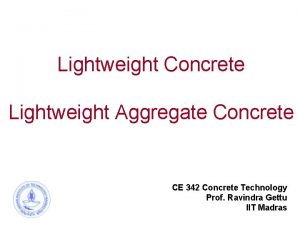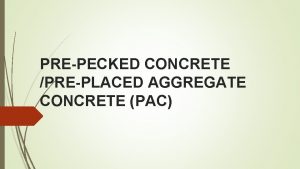Curing www concretepipe org Curing Hardening of concrete






































- Slides: 38

Curing www. concrete-pipe. org

Curing • Hardening of concrete • Hydration CSH gel • Accelerated curing § The rate of hydration increases as the ambient temperature increases. • Maintaining moisture in the concrete is critical. 2

3 Proper Curing is Essential • Reduces permeability § Essential for structure watertightness § Improves durability • Optimal strength achieved

4 Essentials for Proper Curing • Maintain moisture • Maintain temperature

5

Concrete Strength vs Moisture Condition Proper moisture and temperature result in increased concrete strength 6

7 Low Temperature vs Strength Compressive Strength % of 28 day 73°F(23°C) concrete

Curing Methods • Maintaining moisture by wetting • Prevent moisture loss by sealing • Accelerated curing 8

Maintaining Moisture by Wetting • Wet burlap • Spraying/Misting • Fogging 9

10 Spraying/Misting • Cold or hot • Very fine droplets • Air pressure • Effective for higher cement content and warmer climates

Prevent Moisture Loss by Membrane Sealing • Forms • Tarps / Polyethylene • Curing Compounds § Caution: • If w/c <0. 5 • With pozzolanic mixes 11

Accelerated Curing • Dry Heat § Use with caution: difference between accelerated curing and maintaining heat § Heated beds (hollow core) § Electric or gas heaters – convection heat § Infrared heating – radiant heat • Low pressure steam § Boilers § Steam generators • Admixtures Note: Raise concrete temperature while maintaining high humidity 12

13 Accelerating Admixtures • 2 Classes of Admixtures: § Set Accelerator § Strength Accelerator (Early Age) • Calcium Chloride is the most common in Ready mix, but BEWARE should not be used in precast reinforced concrete • Several non-chloride, non-corrosive accelerators, but generally most are not as effective as calcium chloride

Considerations for Accelerated Curing 14 • As a rule of thumb, a temperature increase of 18 F doubles rate of hydration • High temperatures with low humidity can crack the product • The lower the curing temperature, the longer the product must be cured to achieve comparable early strengths.

15







22 Low Pressure Steam Curing • Provides both heat and humidity • Product is heated by the warmer steam condensing on it • Moisture evaporation is minimized


Typical Accelerated Steam Curing Cycle 24 • Preset (< 90 degrees) – at least one hour • Ramp (Temperature Rise) – at 20 F to 40 F per hour • Hold / Soak (at target temperature) – varies with the product • Cool Down

Idealized Accelerated Curing Cycle • • 1) 2) 3) 4) Preseting Ramping Holding Cooling

28 Concrete Target Temperatures • Concrete Pipe (Typical for Accelerated) § 120 F to 140 F (50º C to 60º C) § 4 to 6 hours • Precast (including Pipe)/Prestress limits (ACI) § 140 F(60 C) in Canada § 160 F(71 C) in USA § 8 to 12 Hours

Wet Cast Products 29 • Leave forms on as long as possible • Manage concrete and curing temperature • Exercise caution for thin sections with openings • Check with supplier when using accelerated admixtures

Dry Cast Products • Require 90 to 100% humidity • Have shorter preset period • Must protect from drafts 30

Special Conditions (Cont’d) 31 Hot weather curing § Shade, sprinkle coarse aggregates § Add ice to mix water or use water chiller § Shelter product from direct sunlight

32 Special Conditions Cold weather curing § Keep fresh concrete temperature > 50 F § Heat aggregates § Heat water

33 www. concrete-pipe. org

34 www. concrete-pipe. org

35 Reducing Energy Costs • Determine actual curing cost • Review curing cycle § Preset, ramp, hold • Curing chambers § Insulation, partitions, canopies • Prevent flueing § Direct steam flow out curing cell bottom only § No steam leakage along the sides or through the top


37 www. concrete-pipe. org

Mel’s Method for Detecting Flueing Conclusion: Want smoke flowing out of cell

Additional Checks for Flueing • Light a match § Flame flows in if Flueing • If the floor of the cell is cold and dry § Cold air pulled into the cell § Flueing. • If the floor is warm and wet § Steam flowing out of the kiln bottom § Not flueing 39

40 QUESTIONS?
 Abstract adj
Abstract adj Chapman flask moisture chart
Chapman flask moisture chart Concrete cure curve
Concrete cure curve Informal inventory
Informal inventory Concrete semi concrete abstract
Concrete semi concrete abstract Powder based rapid prototyping
Powder based rapid prototyping Crazing denture
Crazing denture Impervious paper curing
Impervious paper curing Solid ground curing
Solid ground curing Syneresis impression material
Syneresis impression material Solid ground curing diagram
Solid ground curing diagram Composition of impression plaster
Composition of impression plaster Tire retreading machine
Tire retreading machine Chapter 2 the human body in health and disease
Chapter 2 the human body in health and disease Wholesale hardening and tempering
Wholesale hardening and tempering Firedroid
Firedroid Diagram hardening
Diagram hardening Difference between hardening and tempering
Difference between hardening and tempering Hardening openvpn
Hardening openvpn Cisco router hardening
Cisco router hardening Definition of work hardening
Definition of work hardening Cisco router hardening
Cisco router hardening Self hardening sandbags
Self hardening sandbags Bulk deformation processes
Bulk deformation processes Hardening de servidores windows
Hardening de servidores windows Flame hardening mild steel
Flame hardening mild steel Extra rapid hardening cement setting time
Extra rapid hardening cement setting time Swift hardening law
Swift hardening law Ansys newton raphson
Ansys newton raphson Four d's of crime prevention
Four d's of crime prevention Hardening informatica
Hardening informatica Milestone hardening guide
Milestone hardening guide Cisco ios hardening
Cisco ios hardening Host hardening
Host hardening In cement hardening process instants are very important
In cement hardening process instants are very important Honeycombing in timber
Honeycombing in timber Brake cam
Brake cam Age hardening ppt
Age hardening ppt Concrete
Concrete
